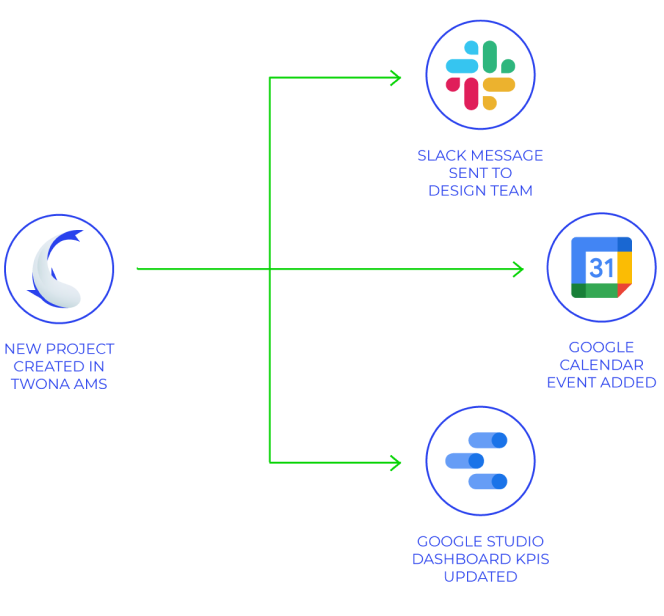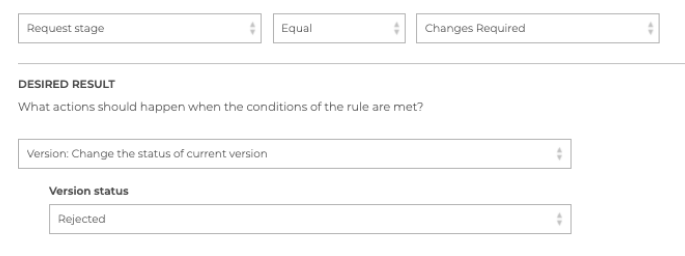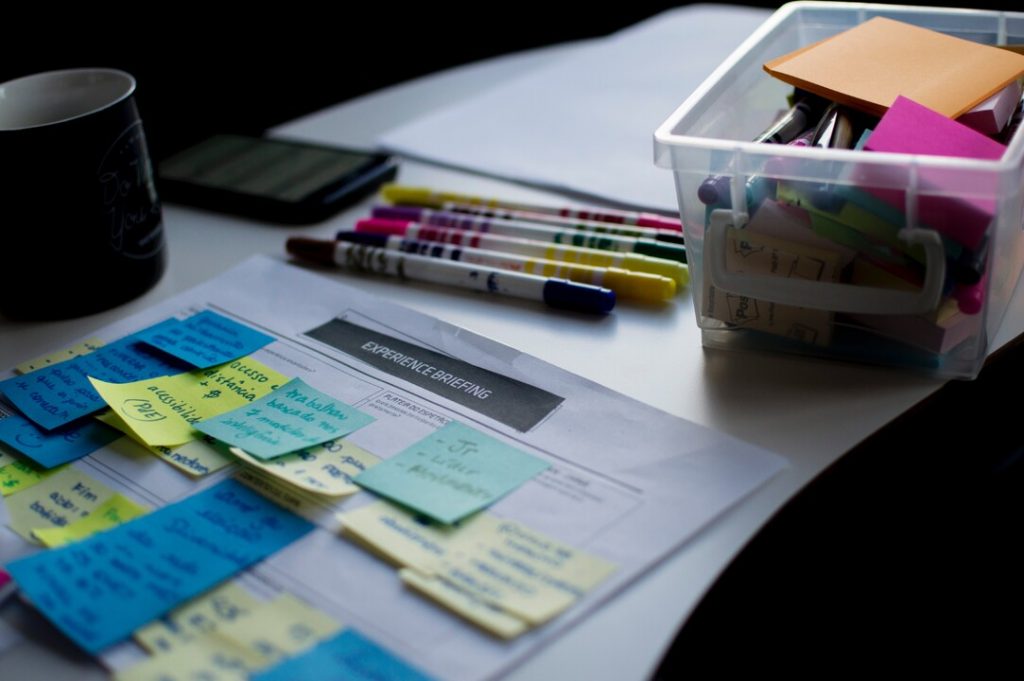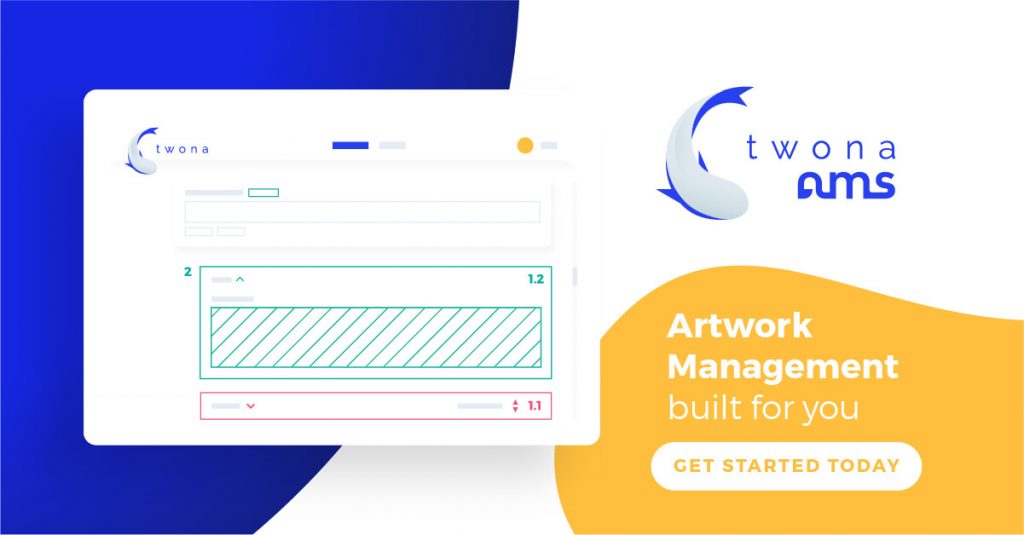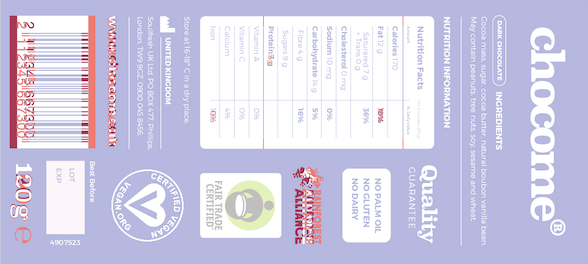
One of the areas where we have achieved more speed, and a reduction in the number of errors, is the quality area.
Does this sound familiar?
- Three people are reviewing the content of a new leaflet.
- One of them reads the text from the Medicines Agency mentioning the format (e.g bold, italics, indent…).
- The two others visually review a printed Artwork.
- The whole process takes at least 45 minutes.
Imagine the amount of deviations that a isual check can have, without mentioning the waste of personnel time!
This (real) experience happened a while ago, and nowadays, there are tools in the market that help with this review. Do you think the one you use is quick and efficient enough?
Here is where technology makes our life much easier, as we have comparison tools at all levels, the graphical and the content side, to check Artworks. We always use them internally, before our clients do their own checks, both by the designer who is producing the Artwork and by a colleague in the QA team. This is what we call the 4-eye principle.

Twona X-RAY
Our experience? With the content comparison we are able to review a new text in 5 minutes. Similarly, reviewing changes that we received on an Artwork graphically becomes a much simpler task.
Twona X-RAY’s graphical comparison can visually recognize documents, automatically adjust them to overlap and make the revision process much more efficient Some critical examples for us have been comparing an Artwork with a press-proof that has a different orientation, in which some technical details, such as a Laetus code, has been inserted.
I would like to invite you to try our comparison tool, and calculate how much time and resources you could be saving on your daily Artwork control and review process.
If you still have paper piling up on your desk , going to the office is mandatory to be able to do your work or have the feeling that there are things that can be improved, do not hesitate to share with us your needs, and we can help you make that leap to succeed in a changing and more demanding future.

Artwork Manager

